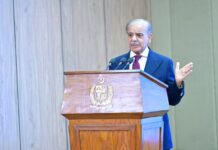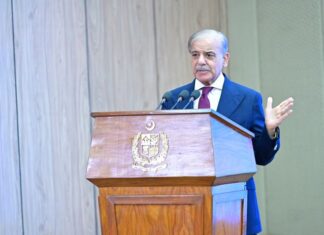ISLAMABAD: The rapid rise in solar power adoption by Pakistani consumers has led to a 17% drop in grid electricity demand, causing a significant revenue shortfall for distribution companies (DISCOs). With soaring electricity prices and rising bills, more households, commercial establishments, and industrial users are turning to solar energy as an alternative, putting additional pressure on the country’s already struggling power sector.
In a bid to incentivize greater consumption of grid electricity, the government unveiled the *Bijli Sahulat Package* on Friday, offering residential, commercial, and industrial consumers discounts of 18-50% on additional power usage over the winter months (December to February). The discounts vary based on consumption levels and categories, aiming to encourage users to increase their electricity consumption in an effort to offset the financial strain on the power sector.
The shift toward solar power comes after a dramatic increase in electricity tariffs, which have risen by over 50% in the past two years. The surge in energy costs, combined with load-shedding and economic challenges, has prompted many consumers to seek cheaper and more sustainable energy alternatives. This trend has been particularly strong in both residential and commercial sectors, leading to a notable reduction in demand for grid power.
The growing reliance on solar energy has created difficulties for DISCOs, which are already facing rising circular debt and the need to meet tough IMF-imposed fiscal targets. The decline in electricity consumption has made demand forecasts increasingly unpredictable. For instance, electricity generation in September fell 9.9% below projections, and power demand dropped 6.4% year-on-year, with a further 5.2% dip compared to August 2024. Over the first quarter (July-September) of the fiscal year, power generation was 8% lower than the same period last year.
At the Lahore Electric Supply Company (LESCO), the impact is especially pronounced. A total of 60,666 consumers in the LESCO region have installed solar systems that collectively generate 836 MW of electricity. This shift has not only resulted in substantial savings for consumers but has also reduced the volume of electricity purchased from DISCOs, exacerbating the companies’ revenue losses.
The growing adoption of solar energy has been driven by both financial necessity and technological advancements. The price of solar panels and inverters has dropped significantly, making solar systems more accessible to a wider range of consumers. According to official data, over 8,000 MW of solar panels have been sold across Pakistan, with around 3,000 MW now connected to the national grid through on-grid solar systems. These systems not only help users offset their own power bills but also allow them to contribute excess electricity back into the grid, further reducing overall grid demand.
This shift has resulted in a notable reduction in national electricity consumption. While peak demand in previous years reached around 20,000 MW, it now stands at approximately 16,000 MW, reflecting an 18% decline in overall electricity demand, primarily driven by the rise in solar power installations and a slowdown in industrial activity.
While the government’s Bijli Sahulat Package may help stimulate some short-term consumption, the long-term trend toward solar power and the continued rise in electricity tariffs point to ongoing challenges for Pakistan’s electricity distribution sector. As the solar boom accelerates, the government and DISCOs will need to explore new ways to balance energy production, grid stability, and revenue generation.
























